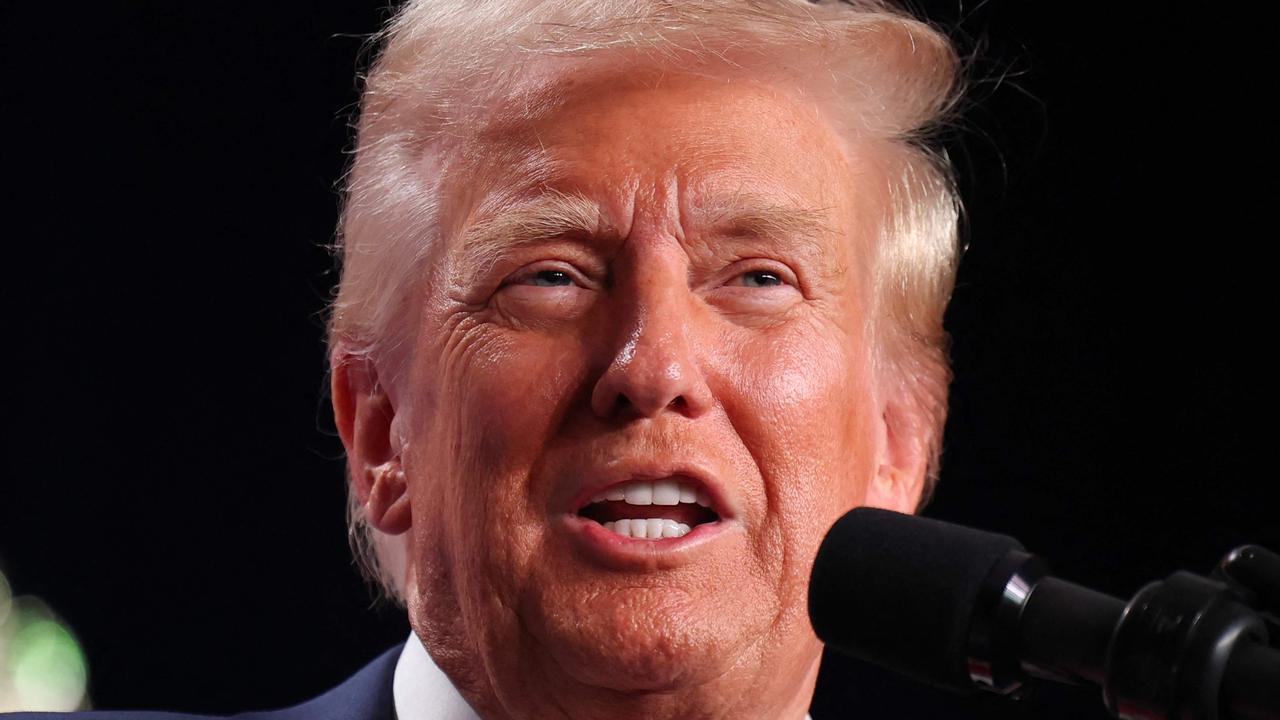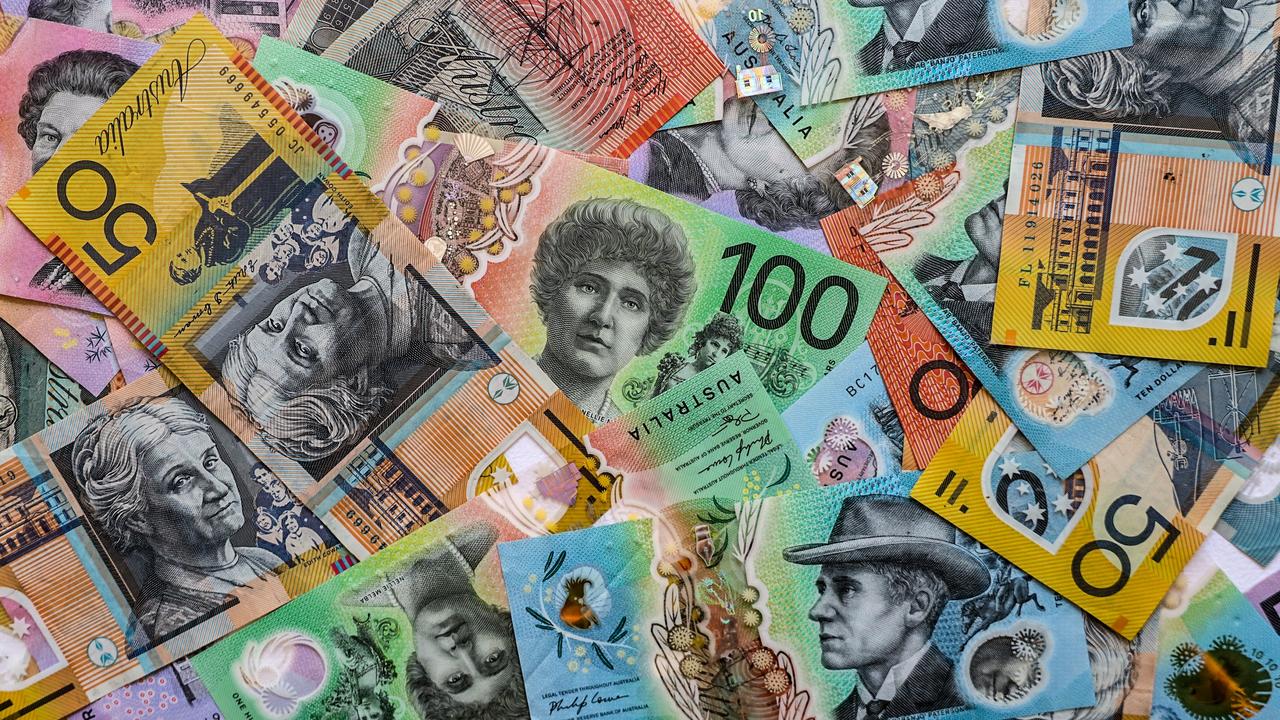New report on the dynamism of the world’s cities rates Sydney and Melbourne
AUSTRALIA is blessed in so many ways and we could’ve been one of the ‘big six’. This is why our cities aren’t up to scratch.
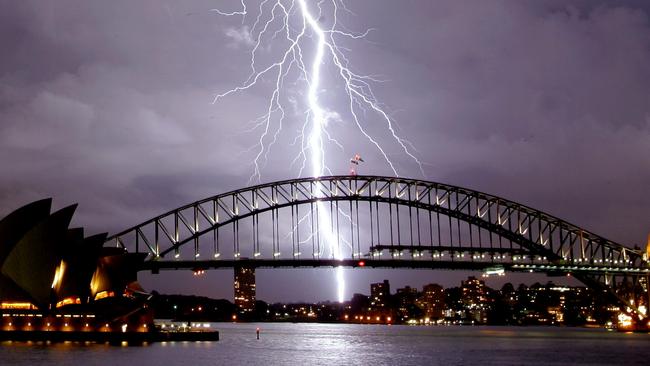
IF YOU were to listen only to the furious debate on the lockout laws, you might think the future prosperity of Australia’s cities rested solely on the ability to drink and dance into the wee hours.
But a new survey of the potential of the world’s major centres has some sobering news for Australia. There are bigger issues than lockouts to solve, with several of our major centres lagging behind their peers elsewhere.
Even Sydney, officially Australia’s most dynamic city, needs to pull its socks up with three areas to focus on if it is to trouble the ranks of the world’s top metropolises.
The City Momentum Index, produced by global property group JLL, rated the globe’s most dynamic urban centres based on 37 metrics including population growth, financial strength, livability, and new building construction.
Top of the pile was London, followed by California’s Silicon Valley cluster, Irish capital Dublin, Indian tech hub Bangalore with Boston, home of the world renowned Harvard university, rounding out the top five most go-getting cities.
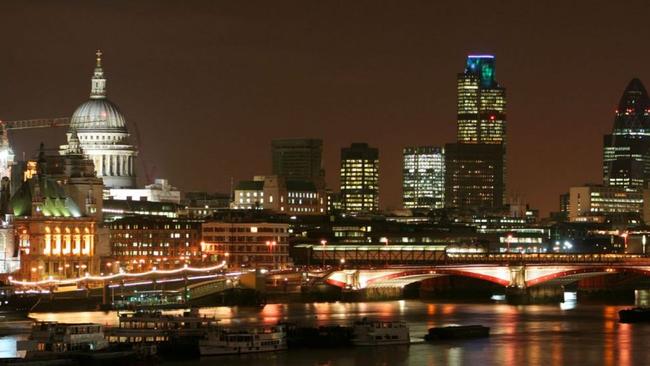
SYDNEY: THE CHALLENGER CITY
Sydney came in at eight on the City Momentum Index, sandwiched between New York and Beijing. Melbourne was are respectable 18 on the ladder with both cities, along with Auckland — that came in at 20 — seen to outperform their peers. But our other capitals were either far further down the ranks or, in some cases, completely absent.
Director of Global Research at JLL’s head office in London, Jeremy Kelly, told news.com.au that Sydney’s role on the world stage was in transition.
“Sydney, I would argue is a ‘hybrid city’ that has the economic might to be a challenger to the ‘big six’ as an established world city,” Mr Kelly said.
The big six, measured by their financial, political and cultural clout are familiar names: New York, London, Paris, Tokyo, Hong Kong and Singapore.
“By 2025, we expect the big six to evolve into the big 10 with Sydney, Seoul and Toronto, as well as Shanghai joining the top table,” he said.
“Seoul, Toronto and Sydney have acquired some of the financial, headquarter and institutional critical mass. They also have wide international reach, access to pools of talent, and increasingly visible livability advantages that make them attractive to a mobile workforce.”
Turbocharging Sydney’s momentum is a building spree, led by the harbour side Barangaroo development, its dynamic technology sector and new public transport projects such as the Sydney Metro Northwest which is currently burrowing its way through the city’s suburbs.
In fact, when it comes to one metric, air quality, Sydney is world beating. Well, there are lot of clear blue days.
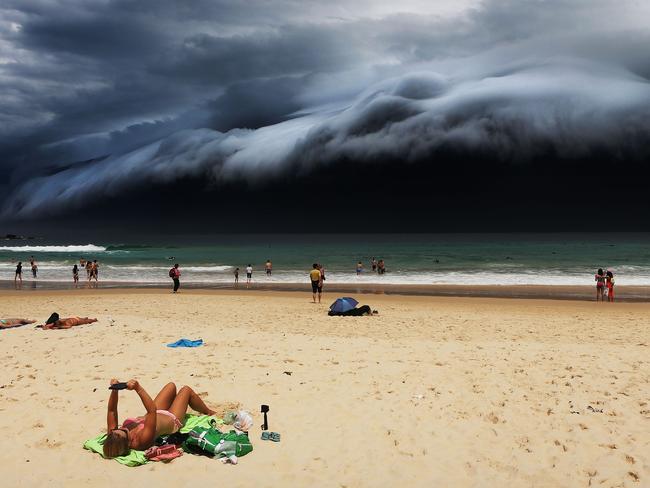
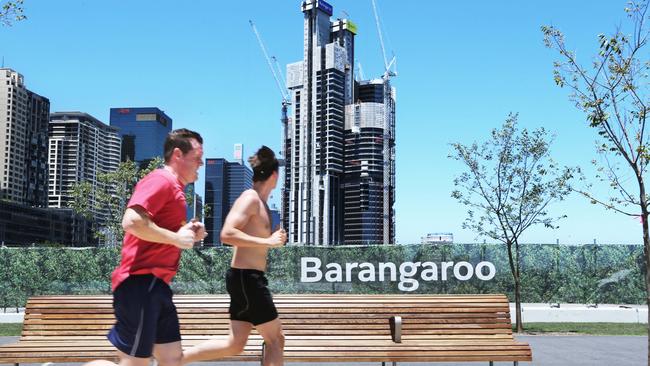
THREE AREAS TO FOCUS ON
But there are three areas where Sydney needs to buck up if it’s going to challenge London and New York, said Mr Kelly.
1. Housing affordability
Sydney is one of the most expensive cities in the world for housing, said Mr Kelly, second only to Hong Kong. With housing the biggest household cost, if it’s out of reach, so is the city for many people.
2. Broadband
Together with peers including Munich and Miami, Sydney is falling short in digital systems as measured by broadband quality, affordability and market development.
3. Education and innovation
While Sydney’s universities are world-class, it is sluggish when it comes to patent applications. Melbourne also hosts Australia’s highest ranked university and in the QS survey of the world’s top cities for students, Melbourne is ahead of Sydney and behind only Paris.
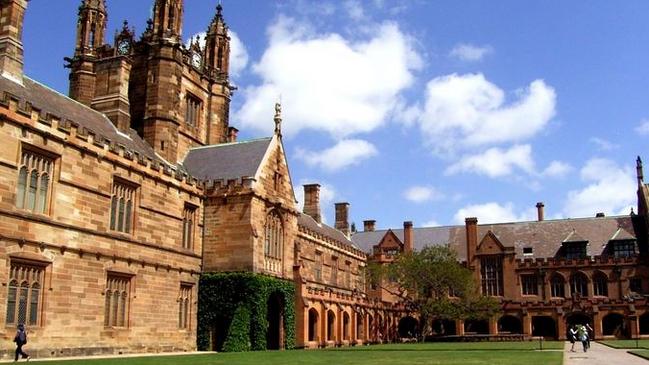
POOR ADELAIDE
Proving that a graffiti laden back alley can be a positive, Melbourne also punches above its weight when it comes to quality of life as well as retailing but it’s real estate investment was behind Sydney’s.
“Melbourne’s strong education and research systems and dynamic technology sector are contributing to robust economic growth,” said Mr Kelly who cited the Fishermans Bend development and Melbourne Metro rail line as city changing projects.
Australia’s other cities are doing less well. Brisbane comes in at 44 on the momentum index, doing well on its long term fundamentals but lacking as a base for major corporations.
Perth, at 67 in the table, is in the opposite position to Brisbane with its long term fundamentals looking decidedly shaky with the tail off in the mining boom. Poor Adelaide doesn’t even make it into the table.
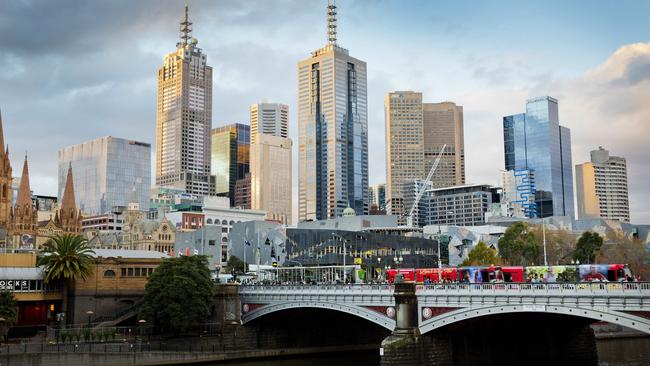
SYDNEY IS SWITZERLAND
Honorary Professor of Urban Policy at the University of Sydney’s United States Centre, Edward Blakley, said identifying a world city was simple.
“The easiest way to understand if somewhere is a world city is — do you have to go there? You don’t have to go to Moscow but you do have to go to New York. It doesn’t matter whether you’re in entertainment, business, arts, sport or education you have to go there.”
Australia’s largest city was particularly blessed, he said. “Sydney is the Switzerland of Asia. Our global reach brings capital here so if you are a rich person in China or Malaysia, Sydney is seen as safe and intellectually strong.
“Sydney is like New York but smaller; it has the sport, the communications, the great buildings, the interesting ambience and a huge financial centre.
“In Melbourne, it’s the cultural life, the laneways, the eating establishments, the fine arts and a huge medical complex.”
But, said Prof Blakley, centres nearby to Melbourne — places like Geelong and Dandenong — were out on a limb and needed new industry and infrastructure.
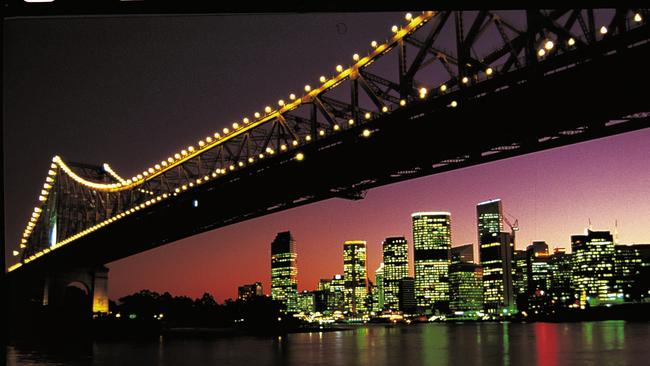
THE DIAMOND TRIANGLE
While cities were always keen to go up global rankings, uncoordinated building sprees, however flashy, were likely to fail, he said.
“It has to be focused. Beijing threw money around, they’re still not considered a world city and they have 25 million people.”
“What you’re building should be quality infrastructure for this century and the next,” said Prof Blakley who pinpointed the proposed Badgerys Creek Airport in Sydney’s west as a prime example.
“Some day it will be the largest airport in all of Australia,” he predicted. “The more infrastructure that’s put in the west the less load you put on the transportation system. Clearly, downtown [Sydney] is important but Badgerys Creek, Liverpool and Parramatta, that’s the diamond triangle for the future of Sydney.”
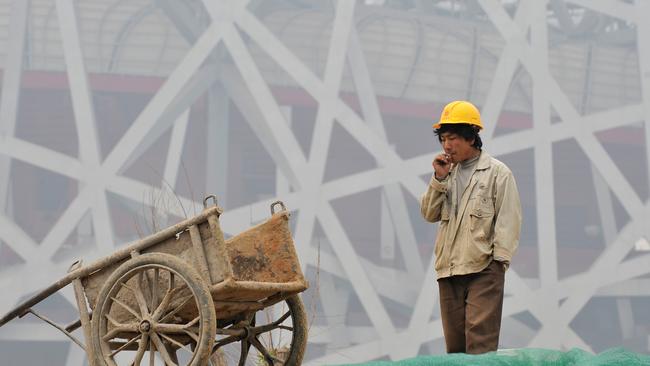
But the aim should not be to become a top flight city at any cost, said Prof Blakley. Rather a city should play to its strengths, such as Dublin’s tech focus and Boston expertise in education. San Francisco wasn’t lacking in success or self-confidence, he said, despite the fact it wasn’t the next London or New York.
“Our goal should not be pushing up the ladder, our goal should be making what we have work better and if that gets up the ladder fine.”
JLL City Momentum Index 2016
1. London, UK
2. Silicon Valley, USA
3. Dublin, Ireland
4. Bangalore, India
5. Boston, USA
6. Shanghai, China
7. New York, USA
8. Sydney, Australia
9. Beijing, China
10. San Francisco, USA
11. Nairobi, Kenya
12. Shenzhen, China
13. Seattle, USA
14. Tokyo, Japan,
15. Nanjing, China
16. Austin, USA
17. Hyderabad, India
18. Melbourne, Australia
19. Seoul, South Kora
20. Auckland, New Zealand



